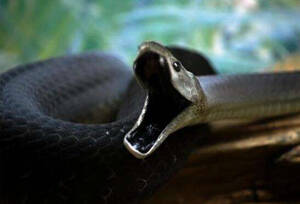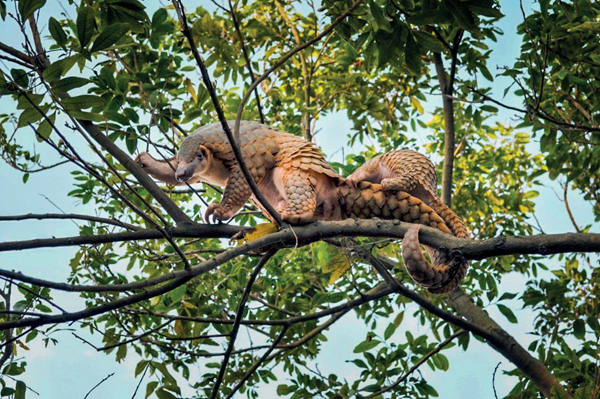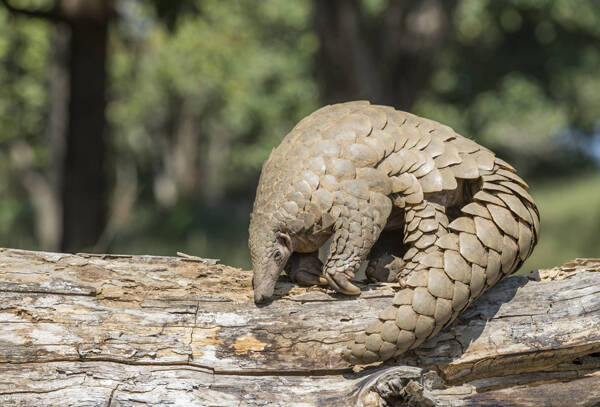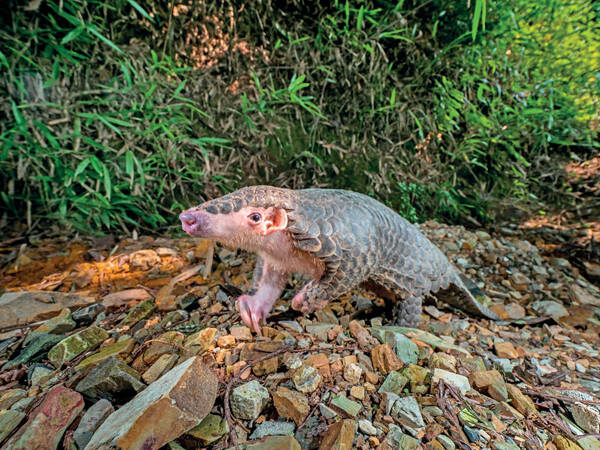
Dendroaspis polylepis
Dendroaspis polylepis,Black Mamba
Black Mamba (scientific name: Dendroaspis polylepis): It is a venomous snake···

Manis javanica
Manis javanica, pangolin, dace carp
Malayan pangolins are nocturnal animals that rest during the day curled up i···

Manis crassicaudata
Manis crassicaudata,Thick-tailed pangolin, scaly anteater
Although it is a ground-dwelling animal, it is good at climbing using its pr···

Manis pentadactyla
Manis pentadactyla,Pangolin, anteater
The Chinese pangolin is a specialized species with basically degenerated vis···
